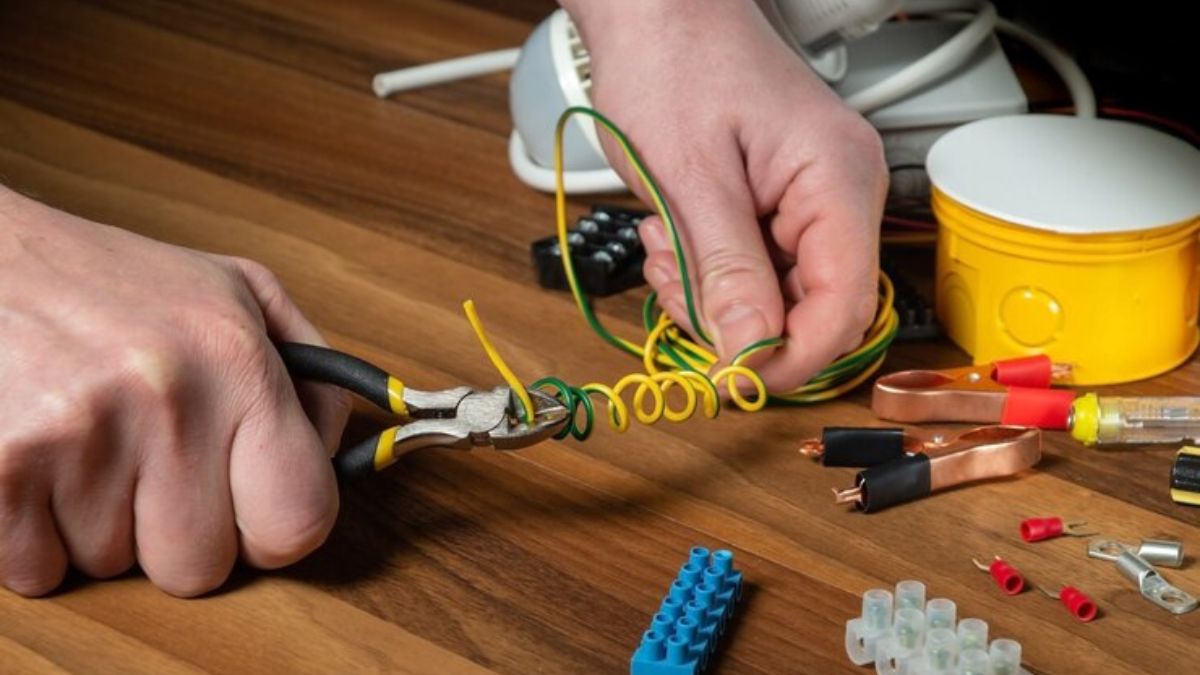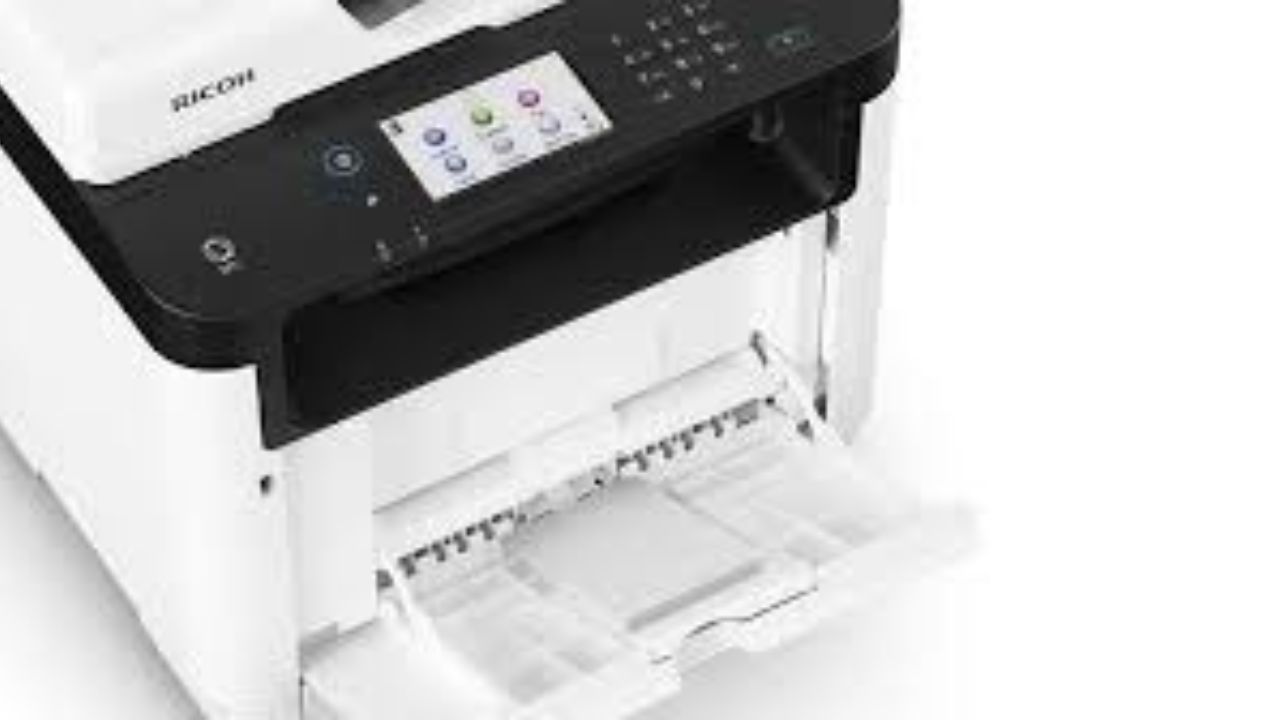Wire cutters are more than just a tool; they’re an essential companion for anyone tackling DIY projects, electrical work, or even crafting. Whether you’re trimming wires in your home or creating intricate designs with metal wire, knowing how to use a wire cutter properly can make all the difference. It’s not just about having the right tools—it’s understanding how to wield them effectively and safely.
Imagine being able to slice through materials with precision and ease. The satisfaction of clean cuts enhances any project while minimizing frustration. With a little knowledge and practice, you’ll be well on your way to mastering this indispensable tool. Ready to cut through the confusion? Let’s dive into everything there is to know about using wire cutters like a pro!
Types of Wire Cutters and Their Uses
Wire cutters come in various types, each designed for specific tasks. Understanding these differences can enhance your efficiency.
Diagonal cutting pliers are perhaps the most common. They excel at snipping through soft wires and small fasteners, making them a go-to for electrical work.
Next, we have side-cutting pliers. These offer greater leverage and precision, ideal for tougher materials like thicker wire or cable. Their design helps you get into tighter spaces as well.
For those dealing with delicate electronics, needle-nose cutters are indispensable. Their slender tips allow access to intricate areas without damaging surrounding components.
Bolt cutters stand out when it comes to heavy-duty applications. Engineered to tackle large bolts and chains, they provide immense power without excessive effort.
Choosing the right wire cutter ensures that your projects run smoothly and efficiently while reducing unnecessary strain on your hands.
Safety Precautions When Using a Wire Cutter
Using a wire cutter requires careful attention to safety. Always wear protective eyewear to shield your eyes from flying debris. Small pieces can break off during cutting, posing a risk.
Keep your hands clear of the cutting area. This ensures you avoid accidental cuts or pinches while working with tough materials.
Ensure that the wire cutter is in good condition before use. Dull blades can slip and lead to injuries, so check for any damage beforehand.
Maintain a clean workspace free of clutter. Distractions around you can lead to mishaps, making it essential to stay focused on the task at hand.
If possible, use clamps or vises to secure the wire. This provides stability and reduces movement while cutting, further enhancing your safety measures when handling tools like these.
Step-by-Step Guide on Properly Using a Wire Cutter
Start by selecting the right wire cutter. There are many types, so choose one that suits your task—be it for thin electronic wires or thicker cables.
Next, prepare the wire you need to cut. Ensure it’s free from any obstructions and neatly laid out on a stable surface. This prevents accidents and ensures a clean cut.
Position the wire inside the jaws of the cutter at the intended cutting point. Make sure it’s centered to avoid crooked cuts.
Squeeze the handles firmly but gently. Too much pressure can damage both your cutter and the wire itself. A smooth motion works best.
After cutting, check both ends of the wire for fraying or uneven edges. If necessary, make additional trims for a clean finish before using or connecting anything further.
Tips and Techniques for Efficient Cutting
When using a wire cutter, positioning is key. Always stabilize the wire before cutting. This prevents it from slipping and ensures a clean cut.
Use the right tool for the job. Different wires require different cutters. For instance, heavy-duty cutters work best on thick gauge wires while precision cutters are ideal for smaller tasks.
Apply steady pressure when squeezing the handles. Too much force can lead to uneven cuts or damage to your tools.
Practice makes perfect. Familiarize yourself with how various materials feel under your cutter’s grip. This helps you gauge how much pressure to apply each time.
Keep your workspace organized and free of distractions. A clutter-free area allows you to focus better and reduces mistakes during cutting tasks.
Common Mistakes to Avoid When Using a Wire Cutter
Using a wire cutter may seem straightforward, but mistakes can easily occur. One common error is cutting too close to the connector or terminal. This can damage the component and render it useless.
Another frequent misstep is applying excessive force while cutting. Pushing too hard can lead to uneven cuts or even breakage of the tool itself. Let the cutter do its job with minimal pressure for cleaner results.
Also, neglecting proper positioning can affect accuracy. Always ensure that you’re holding both the wire and cutter in a stable manner before making your cut.
Overlooking maintenance leads to dull blades over time. A well-maintained wire cutter ensures efficiency and safety during use, reducing frustration from poor performance.
Maintaining and Caring for Your Wire Cutter
Maintaining your wire cutter is essential for optimal performance and longevity. Start by keeping the cutting edges clean. Wipe away any debris or rust after each use to prevent buildup.
Lubrication is key too. Apply a few drops of machine oil to the pivot point regularly. This ensures smooth operation and reduces wear on the moving parts.
Store your wire cutter in a dry place, preferably in a protective case or sheath. Avoid leaving it exposed to moisture, as this can lead to corrosion.
Inspect your tool frequently for signs of damage, such as dull blades or misalignment. Addressing these issues early helps maintain efficiency and safety.
Avoid using your wire cutter on materials it’s not designed for. This practice will extend its lifespan significantly while ensuring you always get clean cuts when you need them most.
Conclusion
Wire cutters are essential tools for a variety of tasks, from home improvement projects to electrical work. Knowing how to use them properly can save you time and effort while ensuring your safety. By understanding the different types available, following important safety precautions, and mastering efficient cutting techniques, you can tackle any wiring job with confidence. Regular maintenance will also extend the life of your wire cutter and keep it performing at its best.
Whether you’re working on DIY projects or professional jobs, being well-informed about wire cutters makes all the difference. Embrace these tips and techniques to maximize your efficiency in every cut you make!










